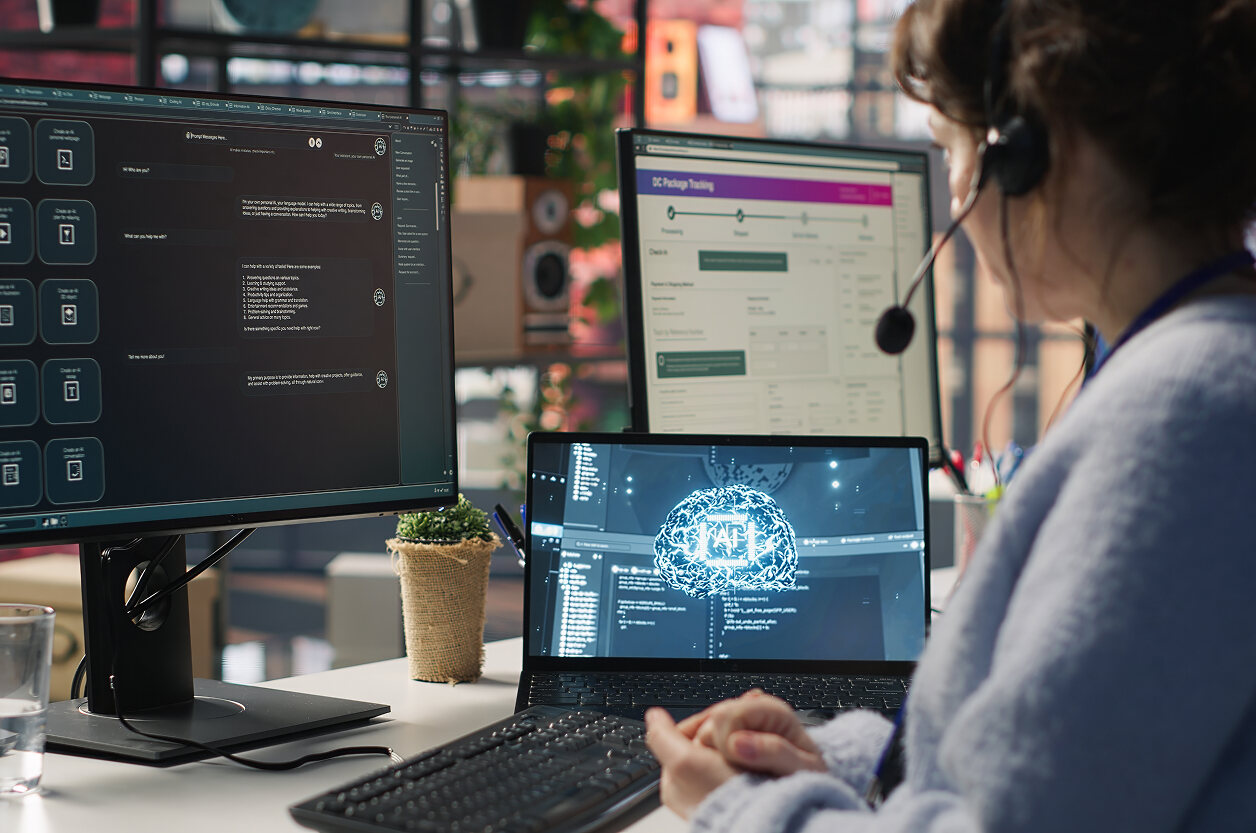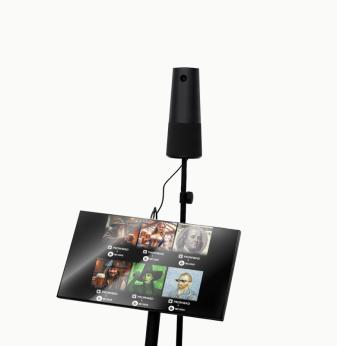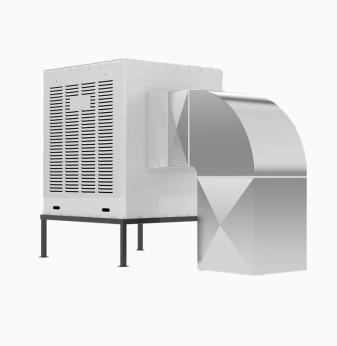AI-Powered Quality Control: How Automation Reinvents Media Workflows

The amount of media produced, processed, and distributed every day has reached a level where manual quality control is no longer sustainable. Broadcasters, OTT platforms, and post-production houses handle thousands of hours of content in multiple formats and languages, across devices with different codecs, bitrates, and accessibility requirements. Every stage of the workflow — from ingest to playout — can introduce imperfections.
Even small quality issues such as compression artifacts, loudness mismatch, or subtitle desynchronization can disrupt viewer experience, trigger rejections by distribution partners, or harm brand perception. Traditional QC teams, limited by time and human attention, often detect these problems too late. This is where AI-QC changes the game.
AI-QC, or artificial intelligence–driven quality control, combines machine learning, computer vision, and natural language processing to automatically evaluate and flag quality issues in video, audio, and subtitles. It augments engineers and operators by providing continuous, consistent, and data-driven checks — from file-based workflows to real-time monitoring of live streams.
Why quality control needs AI
The shift from linear broadcast to multi-platform streaming has made QC exponentially more complex. A single master file can generate dozens of output versions, each with its own resolution, codec, loudness target, and subtitle format. Manual inspection, even with sampling, cannot keep up with this diversity.
AI-QC provides a scalable alternative by processing every frame, waveform, and text line algorithmically. Unlike rule-based systems, AI-QC models can interpret context: they understand what is part of the creative intent (for instance, stylized film grain) and what is a true defect (compression noise or color banding).
Automation at this scale saves hours of operator time, reduces content rejection rates, and improves compliance with broadcast standards like EBU R128 or ATSC A/85. Most importantly, it guarantees consistency — a key factor in maintaining viewer trust and platform reputation.
AI-QC relies on SMPTE ST 2110 and EBU R128 standards, using CNN-based no-reference VQA models and ASR systems for subtitle QC. Hardware acceleration on FPGA or GPU ensures real-time analysis with sub-500 ms latency.
Detecting visual artifacts
Visual artifacts remain the most noticeable form of media degradation. They can stem from lossy compression, transmission errors, or faulty encoding ladders. Typical issues include blockiness, mosquito noise, flicker, color shifts, frame duplication, or dropped frames.
AI-based artifact detection relies on computer vision models trained to recognize these defects at both pixel and perceptual levels. Instead of comparing against an ideal reference, no-reference video quality assessment (VQA) models estimate perceived quality directly. They analyze spatial and temporal coherence, texture stability, motion smoothness, and contrast to deliver a quality score correlated with human perception.
In practice, these models can detect subtle imperfections missed by rule-based systems. For example, they can distinguish between intentional camera shake and encoder jitter, or between cinematic film grain and unwanted noise. This contextual understanding allows AI-QC to reduce false alarms while catching real issues before delivery.
For large-scale operations, AI-QC is often structured in two layers. The first layer runs lightweight prefilters to quickly scan all content and flag suspicious segments. The second layer uses deeper neural networks to analyze flagged segments in detail, providing precise diagnostics such as “blockiness in frames 1040–1120” or “color gamut overshoot at 75% luminance.” This hierarchical architecture balances processing speed and accuracy, enabling near real-time operation without overwhelming infrastructure.
Managing loudness and audio consistency
Audio problems are less visible but equally critical. Inconsistent loudness across programs, channels, or ads leads to viewer complaints and violates broadcast regulations. The two main global standards — EBU R128 in Europe and ATSC A/85 in North America — define how to measure and control integrated loudness, loudness range, and true-peak limits.
Traditional QC tools perform static checks on LUFS and dBTP values, but they miss contextual issues such as speech intelligibility or background noise masking. AI-QC systems extend analysis by separating speech, music, and effects layers, then measuring how well dialogue stands out. This approach ensures not just compliance, but actual audibility and clarity for end users.
Advanced pipelines also detect silence gaps, phase inversions, clipping, or missing channels in surround mixes. They can automatically adjust loudness within defined tolerances while preserving dynamics — maintaining artistic intent without violating broadcast specifications.
In live production or fast-turnaround workflows, AI-QC can operate inline, monitoring audio streams in real time and alerting operators before critical thresholds are exceeded. Combined with FPGA or GPU acceleration, these systems achieve sub-second latency, making them suitable for sports, news, or remote production environments.
Subtitle validation and accessibility
Subtitles are integral to accessibility and localization. Errors in timing, content, or formatting can result in regulatory penalties or content rejection during ingestion by streaming platforms. Manual checking is inefficient and often inconsistent, particularly when dealing with multiple languages and subtitle styles.
AI-QC automates this process through speech-to-text alignment and linguistic validation. The system generates a transcript from the audio, aligns it with the provided subtitle track, and computes offsets, overlaps, and missing lines. It checks whether subtitles match spoken dialogue, adhere to reading speed limits, and stay within safe-title regions.
Unlike older rule-based systems, AI-QC can interpret semantics. It recognizes punctuation, language-specific pauses, and speaker changes. It can also detect visual conflicts such as captions overlapping with graphics or color contrast issues that reduce readability.
Beyond detection, some AI-QC implementations suggest automatic corrections: shifting subtitle cues slightly, reflowing long lines, or normalizing formatting to meet the platform’s ingestion rules. For global streaming services, this ensures consistent accessibility and faster approval cycles, reducing the risk of last-minute content delays.
Architecture of AI-QC systems
Designing an effective AI-QC system requires modular thinking. Each media domain — video, audio, and text — has different processing needs and latency requirements. A typical architecture includes:
- Ingestion and decoding modules that extract raw streams from files or transport protocols.
- Preprocessing layers that normalize frame rate, color space, and audio sampling rate.
- Specialized AI engines for visual, acoustic, and textual analysis.
- A decision engine that aggregates results into a unified pass/fail verdict or a weighted quality score.
- A reporting and visualization layer that displays flagged segments for human validation.
Integration is key. AI-QC should fit seamlessly into existing pipelines, connecting with transcoding farms, media asset management (MAM) systems, or playout automation. Through REST APIs or message brokers, results can trigger actions automatically — such as re-encoding a segment, notifying an operator, or pausing delivery until issues are resolved.
This architecture scales both horizontally (adding more analysis nodes) and vertically (deploying deeper models on GPUs or FPGAs). Cloud-native deployments enable elastic scaling during peak production times, while on-prem clusters ensure deterministic performance for critical live operations.
Overcoming challenges
Despite its benefits, AI-QC introduces several engineering challenges. The first is latency: ensuring that real-time or near real-time analysis fits within tight broadcast windows. Optimizing models through pruning, quantization, or hardware acceleration helps achieve this.
The second is explainability. QC engineers need transparent insights into why a system flagged a certain issue. Modern AI-QC solutions address this by providing visual heatmaps, waveform annotations, and timestamped cues, ensuring trust between human operators and automated systems.
Another challenge is dataset diversity. Training models that perform equally well across genres — from sports to drama — requires large, varied datasets. Continuous retraining using feedback from operators is essential to maintain accuracy over time.
Finally, cost and infrastructure optimization remain priorities. Not every asset needs full deep analysis. By implementing a hierarchical strategy — fast pre-scan followed by detailed review only where needed — companies can balance cost with coverage.
Hybrid approach: combining AI and human expertise
AI-QC is most effective when it complements, not replaces, human judgment. The hybrid model delegates repetitive verification tasks to AI while reserving edge cases for experienced operators. This approach provides both efficiency and confidence.
Operators no longer need to review entire assets; instead, they receive targeted alerts with visual or audio excerpts. Feedback from these reviews feeds back into model retraining, closing the loop and continuously improving performance. Over time, the number of manual checks drops while the reliability of automation increases.
In practical terms, hybrid QC transforms the workflow from reactive troubleshooting to proactive assurance. Engineers can monitor multiple channels simultaneously, focusing only on true anomalies while trusting AI to manage the rest.

Implementation roadmap
- Start with diagnostic analysis. Identify the most frequent quality issues in your content library — artifacts, loudness mismatches, or subtitle errors.
- Deploy file-based AI-QC for post-production or pre-delivery stages. Measure false positive and false negative rates against manual review.
- Integrate AI-QC with transcoding and delivery systems to automate feedback loops.
- Add near-real-time probes at critical pipeline points — encoder outputs, CDN origins, or cloud transcoders.
- Expand toward real-time monitoring with optimized models and hardware acceleration.
- Implement dashboards and KPIs: percentage of automatically cleared content, time saved per asset, and number of ingestion rejections prevented.
Each step builds maturity and trust in automation, leading to continuous quality assurance across platforms.
The future of AI-QC
AI-QC is evolving toward multimodal and context-aware systems that evaluate content as humans perceive it — considering the interplay between picture, sound, and text. Future models will estimate overall “viewer experience quality” rather than isolated metrics.
Emerging standards will integrate AI-QC outputs directly into delivery specifications, making automated validation mandatory for large distributors. Hybrid deployments combining edge accelerators with cloud orchestration will allow real-time assurance even for UHD or HDR feeds.
As the complexity of media pipelines grows, AI-QC will become the invisible guardian of quality — operating continuously, learning autonomously, and ensuring that every viewer, on every device, experiences content exactly as intended.
Promwad’s role in building AI-QC solutions
Promwad supports broadcasters and media technology companies in implementing AI-QC systems from concept to mass production. Our engineering teams integrate automated QC modules into existing infrastructures, develop FPGA- and GPU-based accelerators for real-time performance, and design user interfaces for seamless operator collaboration.
By uniting software development, embedded expertise, and cloud integration, Promwad helps clients reduce manual workload, improve compliance, and deliver consistent, high-quality content at scale. From post-production environments to live event monitoring, our solutions adapt to each client’s workflow and performance targets, ensuring predictable results and sustainable efficiency.
AI Overview: AI-QC in Broadcast and Streaming
AI-QC applies artificial intelligence to detect artifacts, control loudness, and verify subtitles automatically across broadcast and OTT pipelines. It replaces manual inspection with continuous, data-driven assurance that scales with content volume and complexity.
Key Applications: automated file-based and real-time QC, EBU R128 and ATSC A/85 loudness monitoring, subtitle alignment and accessibility validation, live stream supervision, multi-platform delivery checks.
Benefits: consistent quality across formats, faster content turnaround, fewer ingestion rejections, improved compliance, reduced manual workload.
Challenges: model tuning for diverse content types, transparency of AI decisions, latency limits in live environments, integration with legacy systems.
Outlook: by 2028, hybrid AI-human QC models will dominate the industry, with FPGA and GPU acceleration enabling real-time validation and multimodal assessment becoming a new broadcast standard.
Related Terms: automated QC, loudness compliance, subtitle QA, video quality analysis, VQA, hybrid QC, real-time monitoring, AI in media engineering.
Our Case Studies








